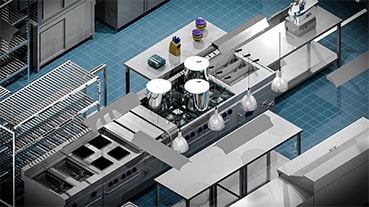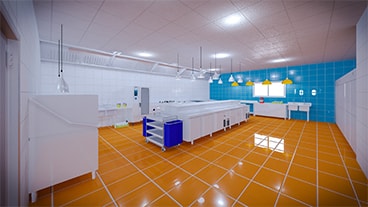Thank you!
your message has been sent successfully, We will reply in 24 hours
WHAT WE DO
-
KITCHEN EQUIPMENT SUPPLY
From Fortune 500 companies to small businesses, Twothousand Machinery has been a trusted provider of secure and affordable commercial kitchen equipment since 2000.
FIND EQUIPMENT
-
DESIGN YOUR COMMERCIAL KITCHEN
From large central kitchens to small bakery shops, our skilled engineers deliver detailed 3D kitchen designs within hours, complete with factory-price equipment quotes.
GET SOLUTION
-
INTERNATIONAL SHIPPING SERVICE
With over 20 years of shipping expertise across 120+ countries, our robust supply chain network can seamlessly manage everything from China to your warehouse.
CHECK DESTINATION
Founded in 2000, TWOTHOUSAND® is a leading provider of hotel and restaurant kitchen equipment based in China. The majority of our products have received CE and ETL certifications, underscoring our commitment to product safety for our customers. We take pride in earning the trust and favorable feedback of our customers through our lifetime service commitment to the kitchen equipment we provide.
WHY CHOOSE US?
With two decades of experience in commercial kitchen equipment supply, we are dedicated to offering you the best quality products at competitive prices from China.
CLICK FOR MORE
























